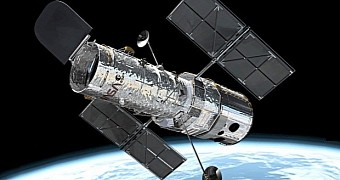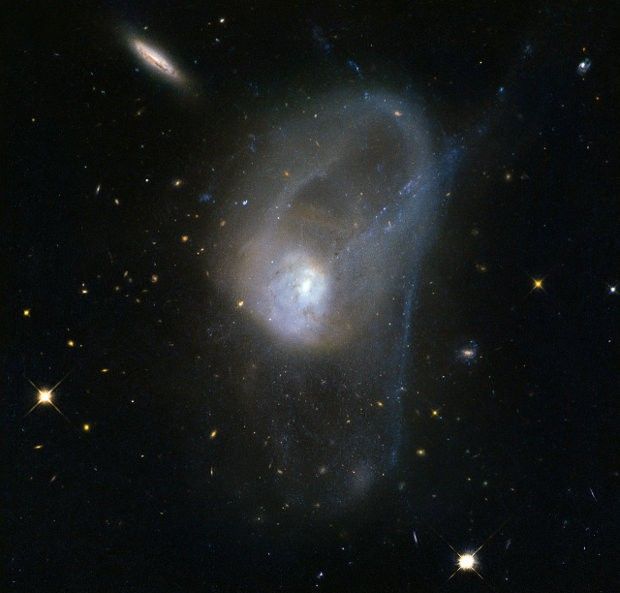The majority of the galaxies that populate the cosmos like to hang out in groups, known to astronomers as clusters. Even our Milky Way is part of one such family, the Local Group.
Every now and again, two galaxies get a bit too close to one another. When this happens, they eventually end up colliding and merging.
This is what happened to the galaxies that gave rise to NGC 3921, a merging pair that was not too long ago imaged by the Hubble Space Telescope.
NASA scientists say NGC 3921 lies in the constellation of Ursa Major, i.e. the Great Bear. The galaxies that formed this merging pair were about the same size and collided some 700 million years ago.
The view delivered by the Hubble Space Telescope shows Tails and loops in NGC 3921, which astronomers say are characteristic of a merger.
Interestingly, it appears that, when NGC 3921 came into being, all the commotion triggered intense star forming processes at the newly formed galactic pair's core.
Thus, in a previous study, scientists counted a small army of about 1,000 stars at the heart of NGC 3921. These stars formed from gas and dust stirred by the merger.
Having thousands of new stars form in the aftermath of a merger between two galaxies is a common occurrence in the cosmos. In fact, it's events of the kind that shape the universe.

 14 DAY TRIAL //
14 DAY TRIAL // 

